How Technology has Changed the Way Art and Culture are Created, Experienced, and Shared
Technology has had a profound impact on the landscape of art and culture, transforming the way it is created, experienced, and shared. As technology continues to evolve, its effect on art and culture is becoming more and more pronounced, with both positive and negative implications.
Artificial Intelligence and Music Composition
Artificial intelligence (AI) has become a powerful tool for computer-generated music composition. AI-powered algorithms can create music that is indistinguishable from music composed by a human being. This has opened up new possibilities for music composition and has enabled artists to explore new soundscapes. Additionally, AI-generated music can be used to create soundtracks for films, video games, and other media.
The Impact of the Internet
The internet has made it easier than ever to access and share artwork. Online galleries and social media platforms have made it possible for artwork to be seen by people around the world. Additionally, the internet has enabled people to collaborate on projects and to share their artwork with a wide audience.
The Implications of Virtual and Augmented Reality
Virtual and augmented reality technologies are being used to create immersive art experiences. These technologies enable artists to create interactive works of art that can be experienced in a virtual world. Additionally, VR and AR can be used to explore the artwork of others in a way that is not possible in the physical world.
Long-Term Consequences
The changes brought about by technology have both positive and negative implications for art and culture. On the one hand, technology has made it easier for people to access and share artwork, enabling a wider audience to appreciate and experience art. On the other hand, technology has also enabled the mass production of artwork, which has the potential to devalue the artwork of individual artists.
The Future of Art and Culture
Technology will continue to shape the landscape of art and culture in the future. AI and VR/AR will enable ever more interactive and immersive experiences, while the internet will continue to provide a platform for the sharing of artwork. As technology advances, it is likely that the boundaries between the physical and digital world will become increasingly blurred, leading to interesting new possibilities for art and culture.

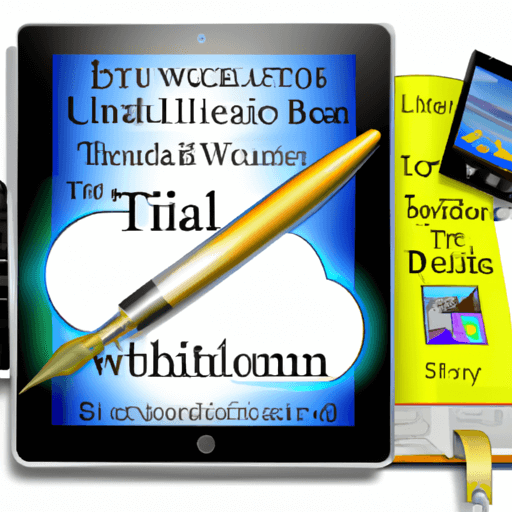
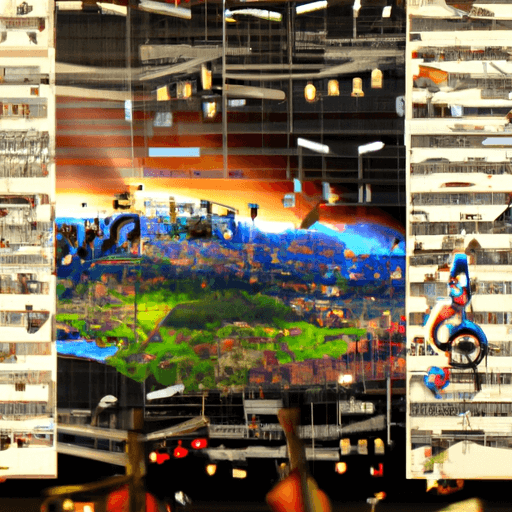
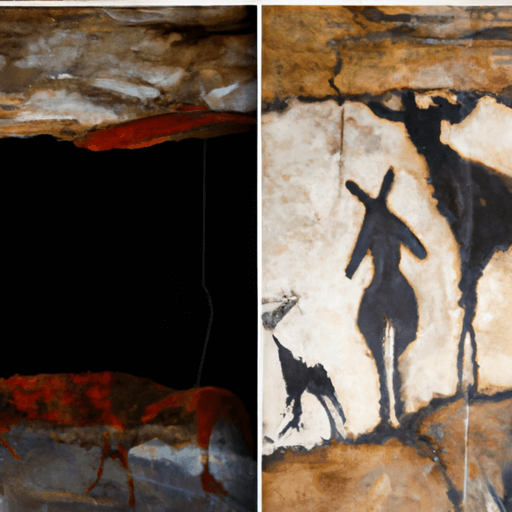


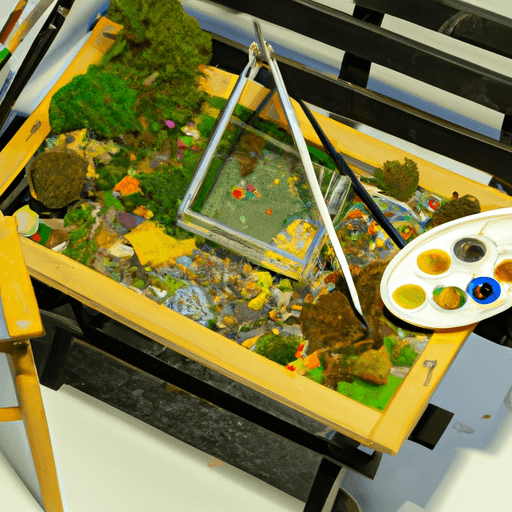
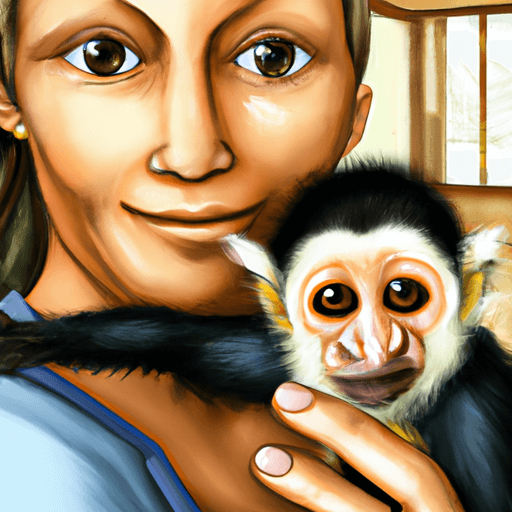
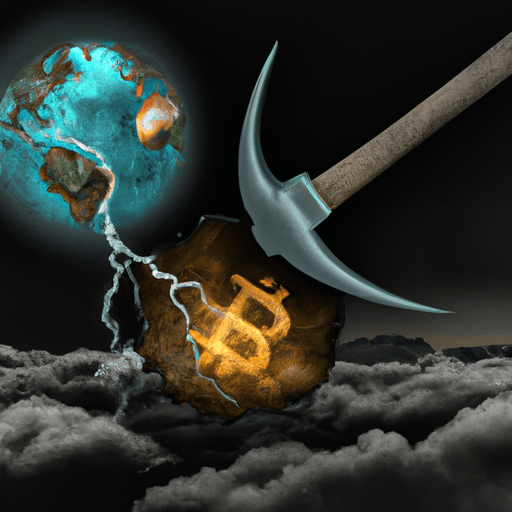
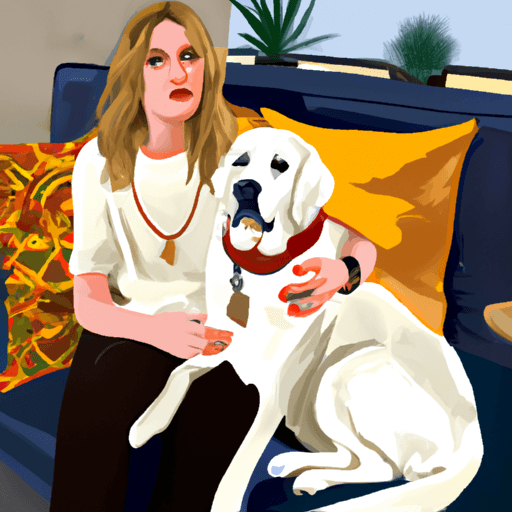
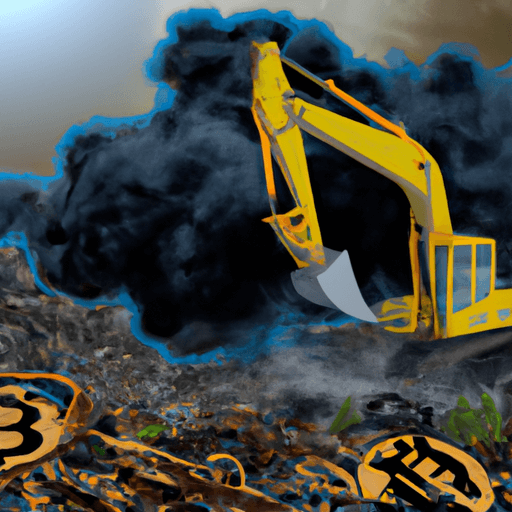
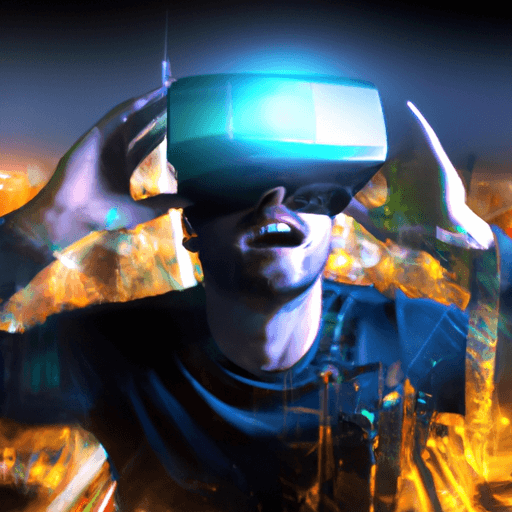

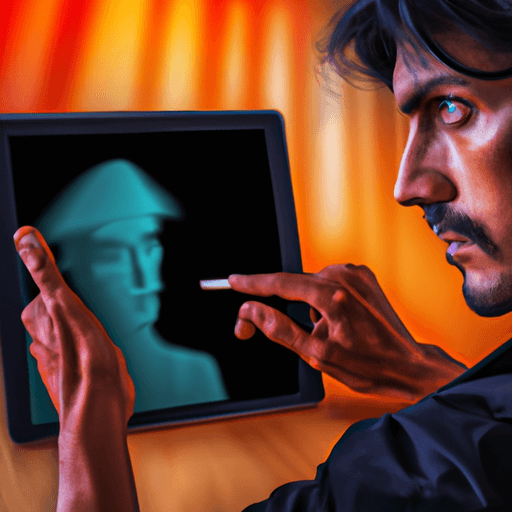
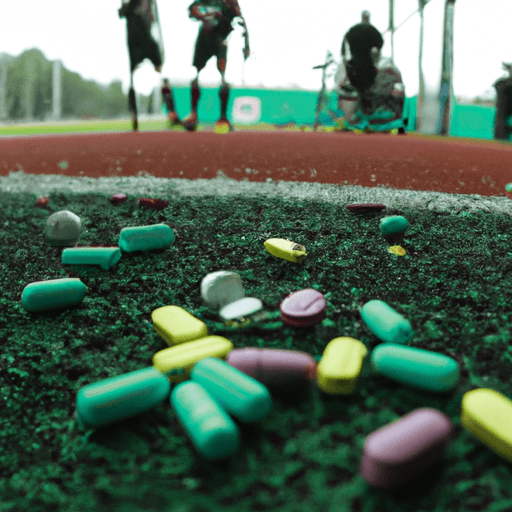
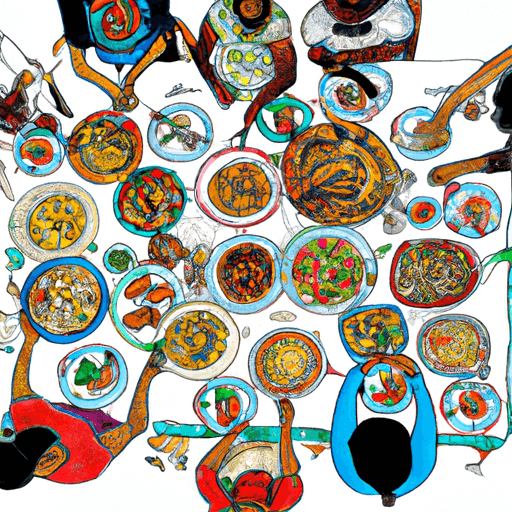
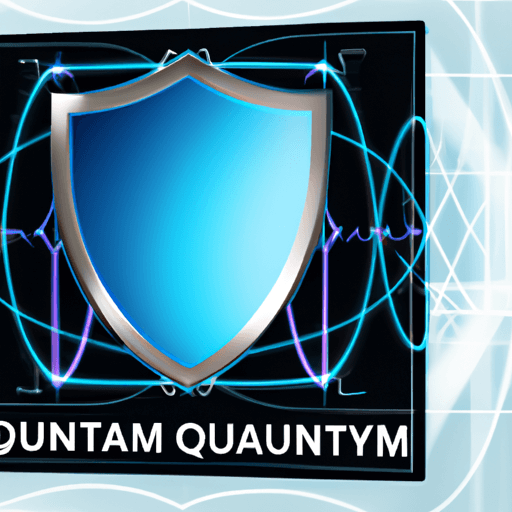
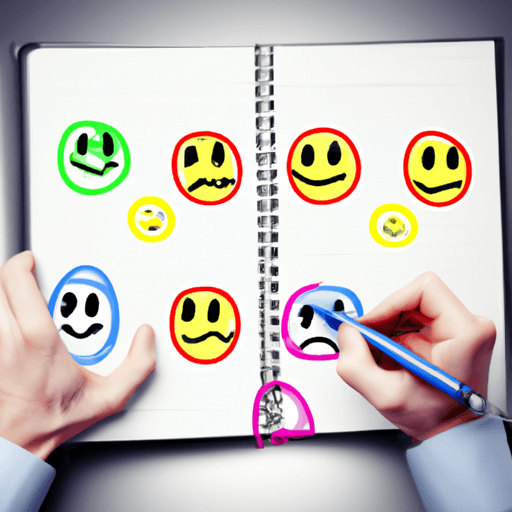
Comments
Leave a Comment